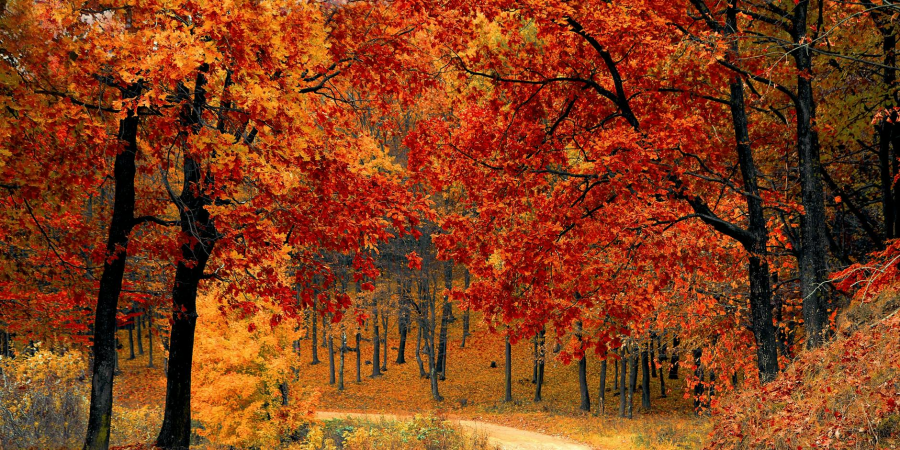

Ever since the dawn of time, trees have provided mankind with two necessities for survival: food and oxygen. They supplied us with other needs as we developed, such tools, medicine, and shelter. As their role grows to meet the needs caused by our modern lifestyles, trees' value is still rising and new benefits are being found.
Social and Community Values
An essential component of any society are trees. The trees that line our backyards, parks, streets, and playgrounds provide a serene, beautiful atmosphere. By introducing natural features and wildlife habitats into urban areas, trees improve our quality of life. We get together with family and friends during outdoor activities under their refreshing shade. Old trees that are a tremendous source of community pride and historic landmarks can also be found in many communities.
By reflecting sunlight, trees help mitigate the urban heat island effect brought on by paved surfaces and commercial structures.
Environmental and Ecological Value
In addition to supplying oxygen and enhancing air quality and mitigating climate change, trees also preserve soil, conserve water, and benefit wildlife. In the course of photosynthesis, trees absorb carbon dioxide and create oxygen for human consumption. An acre of forest emits four tons of oxygen and absorbs six tons of carbon dioxide, according to the U.S. Department of Agriculture. This is sufficient to cover 18 people's yearly needs. In addition to filtering airborne particles including carbon monoxide, sulfur dioxide, and nitrogen dioxide, trees, shrubs, and turf also remove dust from the atmosphere. Rain carries the harmful particles to the ground after trees have absorbed them.
By reducing the effects of the sun, rain, and wind, trees regulate the climate. Summertime temperatures are regulated by the absorption and filtering of solar radiation by leaves. Additionally, trees provide warmth by shielding the area from strong winds. They not only affect the direction and speed of the wind, but they also protect us from hail, sleet, and rain. Because trees retain low carbon dioxide levels, they also cool the air and lessen the intensity of the greenhouse effect's heat.
Fall Foliage
Trees are vital to the ecosystems in which they live, both above and below ground. Deep roots prevent soil erosion and keep the soil in place. Rainwater is absorbed and stored by trees, reducing runoff and sediment deposits during storms. This promotes replenishment of the groundwater supply.
Individual and Spiritual Worth
The primary reason we enjoy trees is their natural beauty and grandeur. Everybody is unique. A apparently infinite range of shapes, patterns, textures, and vivid colors are displayed by many species. As the seasons change throughout the year, even individual trees alter in appearance. Trees resemble monuments because of their strength, longevity, and majestic grandeur. When we see trees, most of us experience a nice, calm, and cozy sense. As a matter of fact, planting trees is a common way for individuals to honor significant life events.


